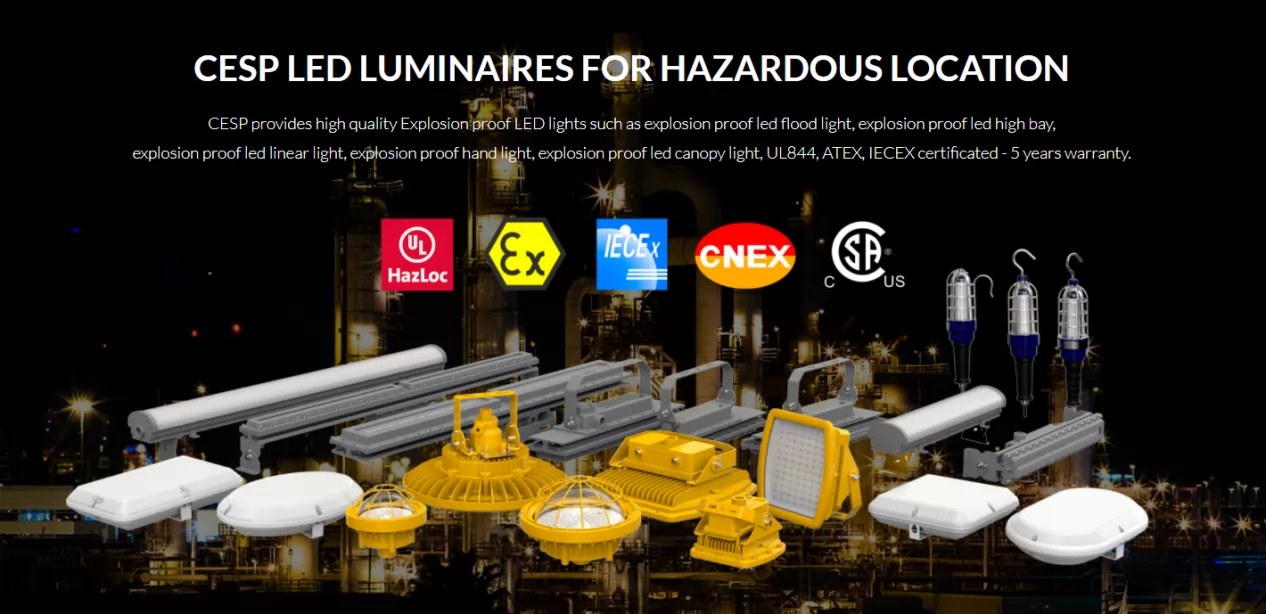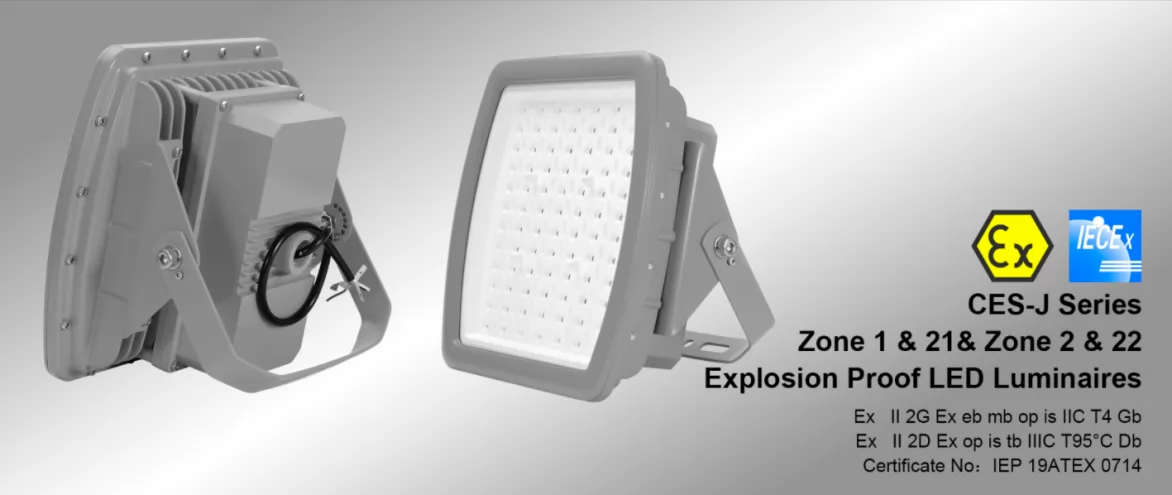Containers, also known as cargo loading, can not only be used to transport goods by sea or land, but are also often used as simple mobile houses; the existing lighting system of house containers usually installs lights on the top of the house container.First of all, we must understand that the container has several advantages:
- Introduce modern home furnishing elements, taking a single cabinet as a unit, which can be combined and superimposed in any combination. The performance of sealing, sound insulation, fire prevention, moisture resistance, heat insulation, etc. should be better.
- The overall structure, welded and fixed, is stronger and safer, more wind-resistant, and more earthquake-resistant. It will not fall apart or collapse in the event of typhoon, earthquake, ground subsidence and other disasters.
- The whole box can be hoisted, no concrete foundation is needed, 15 minutes installation, 1 hour check-in, and it can be used when it is connected to the power supply.
- Floors, walls, ceilings, water and electricity, doors and windows, exhaust fans and other one-time decoration, permanent use, energy saving, environmental protection and beautiful.
- The design is more user-friendly, living and working are more comfortable, and the number of rooms can be increased or decreased at any time, which is convenient and flexible.
- The relocation does not need to be dismantled. The items in the room can be moved with the box without loss. It can be hoisted and moved more than a thousand times, which is convenient and saves money.
- After the decoration of the container, the inner area is about 13 square meters, and each container is 12,000 yuan, which is nearly 900 yuan per square meter. Compared with the current housing prices in many places, it is very cheap.
In 2018, the US "Business Weekly" listed 20 important inventions that are most likely to change our way of life in the next 10 years, and the container house ranked 19th. The US "Business Weekly" said: "Using containers to rebuild houses, this invention can solve the housing problem of hundreds of millions of poor families. At present, a container house with a usable area of 30 square meters sells for less than 10,000 US dollars."
According to statistics, there are about 18 million steel containers floating on the sea or on roads to transport goods in the world. In addition, there are about 2 million containers in idle state. All containers will eventually be eliminated. However, they are very sturdy, because they must be able to carry a weight of 30 tons to sail at sea. If they can be reused effectively, it will not only save costs, but also save resources and protect the environment. For the port, container transportation is one of the main transfer methods of the port.
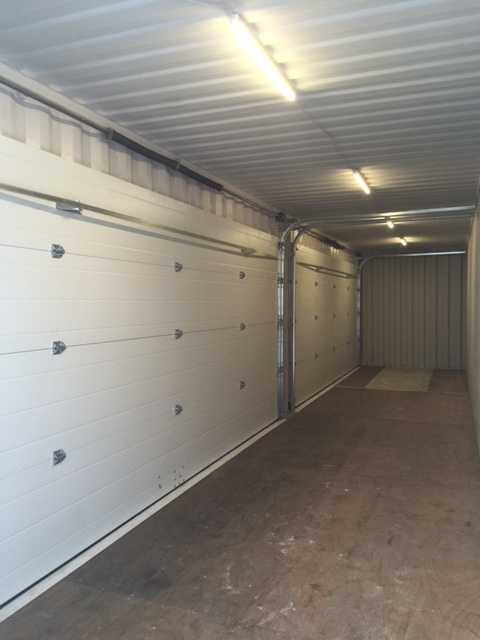
Except for dangerous goods containers, although the probability of fire in the port loading, unloading and storage of ordinary goods containers is low, there are still many factors that lead to the occurrence and spread of fires. These complex factors are intertwined, making it very difficult to save.
- Possible causes and cases of container fires
- Burning caused by carton
The cargo in some containers is packed by cardboard. These packaging cardboards are spontaneously combustible substances, and they are usually made of raw materials such as rice straw, wheat straw, and reeds. These raw materials are grass-like plant fibrous substances, which are composed of cellulose, hemicellulose, lignin and a small amount of pectin, resin and wax. Under the condition of high water content, biological, physical and chemical can occur. Change and release a lot of heat. The container has a certain degree of airtightness. In summer, the temperature inside the box can reach 50. When the temperature difference is large, the wall of the box will “sweat” and water will accumulate at the bottom of the box. In addition, the heat generated by the products packaged in the cardboard will also cause the cardboard to burn. At 19:00 on September 7, 2004, the Liberian container ship "China Ocean Hong Kong", which was parked at the terminal of Shanghai Port Container Waigaoqiao Branch, was heated by unqualified rechargeable nickel-metal hydride batteries loaded in a container in the cabin. , The heat cannot be dissipated in time, and the heat gathering effect will ignite the cardboard packaging materials, causing a direct loss of RMB 3.1 million.
- Smoldering and spontaneous combustion of cotton and hemp
Packed cotton, whether in transit or in stacks, will not spread quickly after being caught in a fire, sometimes due to insufficient oxygen supply. The combustion is often carried out slowly in a local or small area. In this kind of combustion, no flames or smoke can be seen, and it is in a smoldering state. It can last for several days or even dozens of days without being easily noticed. But when the smoldering cotton suddenly encounters air convection, not only can the smoldering cotton become completely burnt quickly, but it can also cause the mixture of carbon monoxide and air to deflagrate. Cotton can also ignite spontaneously. The reason is that cotton will inevitably be infected with a large number of microorganisms during the process of picking and processing. Under humid conditions, microorganisms are easy to grow and reproduce, and when the water content in the cotton fiber is appropriate, the microorganisms can grow and reproduce rapidly, secrete cellulase and acid, generate heat, and make cotton moldy and change color. Over time, if the accumulated heat does not dissipate, and the temperature gradually rises, spontaneous combustion will occur. Hemp fiber plants such as jute, hemp, sisal and cotton have similar characteristics, and they also have smoldering and spontaneous combustion.
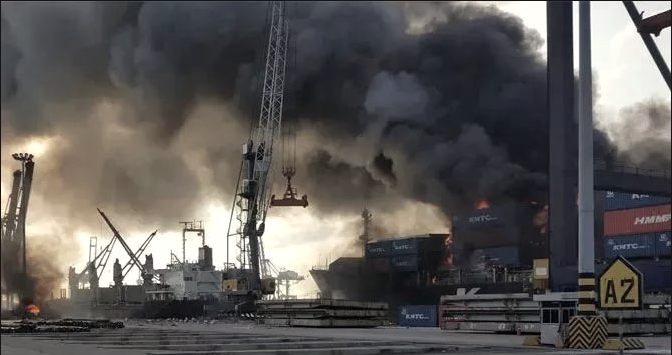
- Oxidation and spontaneous combustion of chemical products caused by heat and moisture
Containers are generally stacked in open yards, so they have to withstand the sun and rain. Especially in summer, the highest temperature in some areas can reach more than 40 ℃, while the surface temperature is higher. Under such high temperature, the temperature inside the container can reach 50°C. At this time, some chemical products in the container, such as high-nitrogen fertilizers, fish meal, etc. will be easily thermally decomposed and oxidize and spontaneously combust. In addition, the "sweat" of the tank wall will also cause the chemical products to be damp and cause oxidation and spontaneous combustion. At 13:00 on July 16, 2004, the sodium disulfite in the container of the "Nantai 27" vessel berthed at the No. 5 anchorage of Guiyu West, Shantou Port, Guangdong Province, China was spontaneously ignited due to moisture, causing 3 people to be injured and a direct economic loss of RMB 2.068 million yuan.
- Personnel operating errors cause fire
Improper operations such as container maintenance and cargo disinfection can also cause fires. The container is inevitably damaged during transportation. If the maintenance personnel accidentally splashes on combustibles during electric welding and gas welding operations, it will cause a fire; when performing operations such as disinfection of flammable and explosive goods in the container, violation of relevant regulations Improper handling can also cause fires. At about 18:40 on July 10, 2002, workers at the Fuyong dock in Shenzhen, China, improperly detonated the container while disinfecting the incoming container that had just entered the terminal, causing another 13 adjacent to the fire and explosion container to contain scrap hardware and waste. Plastic containers were also ignited by the fire. Three dockers were burned and seriously injured.
- Lightning strikes and fires
The open-air cargo yard where the containers are stacked is a large open area, which is extremely vulnerable to lightning strikes. If there is no lightning protection device installed in the open yard, the container may be struck by lightning and catch fire.
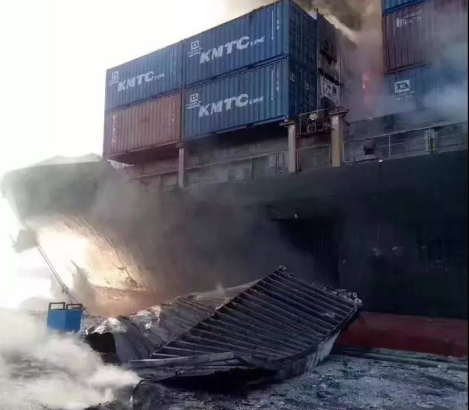
- External fire and man-made arson
In order to facilitate mechanized loading and unloading, container transportation packs the loose goods to be transported in boxes in advance. If the goods are not inspected before packing, it is possible that the kind of fire touched during transportation will be entrained into the box, which may cause a fire. In addition, it has been found from the investigation of fire causes over the years that man-made arson accounts for a certain proportion, so man-made arson may also be one of the causes of container fires.
- Container fire spreading method
Container fires will spread mainly through heat conduction, but also through heat radiation, explosion splashing, and melting of combustibles.
- Heat Conduction
There are three ways to transfer heat energy in a fire, and heat conduction is one of them. Most of the existing container manufacturing materials all over the world are aluminum alloy and steel plate. This kind of metal material has a large thermal conductivity. Therefore, once a certain container catches fire, the heat energy will first be transferred to the adjacent container through heat conduction. As the heat accumulates, the combustible materials in the adjacent container will be ignited. If the lower container catches fire first, the load-bearing capacity of the upper container will be reduced due to thermal deformation, and the upper container will easily collapse, and the combustibles loaded on it will be ignited after it is scattered.
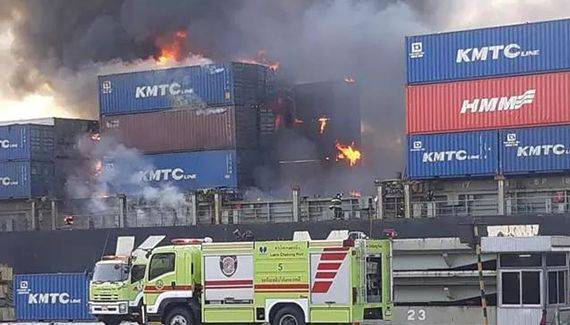
- Thermal radiation
When the fire reaches a certain scale, the spread of the fire through heat radiation will become more significant. With the expansion of the fire, the heat radiation of the fire source to the nearby combustibles is also increasing. When the radiant heat increases to a certain extent, the combustible materials at a certain distance from the fire source will be ignited by receiving enough radiant heat flow.
There are many types of cargo loaded in containers, and the heat transferred through radiation is blocked by the container shell, so it is difficult to determine the minimum heat flow value for combustible materials ignited by radiation.
- Explosion splash
Explosion refers to a process in which physical energy and chemical energy change rapidly in a certain space or state, and in this process the resident energy in the system is rapidly converted into kinetic energy, mechanical energy, light and thermal radiation. Therefore, explosion can also be said to be an extremely rapid process of physical or chemical energy release. After a fire occurs in a container, the flammable gas generated cannot be fully burned or released, and higher temperature and pressure will accumulate in the container, which may cause an explosion because it is not easy to dissipate heat and release pressure. Some explosive fragments, such as flaming steel bars, burning goods, etc., will further expand the fire if they fall on other combustible materials.
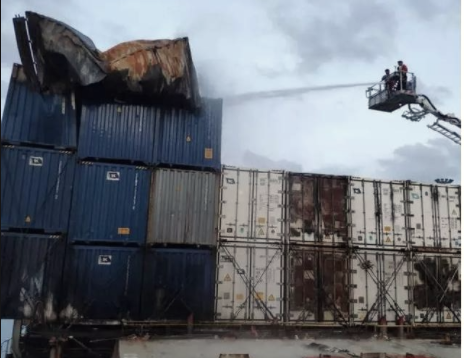
- Melting of combustibles
Rosin, glass, beeswax, pitch and other substances do not have a certain melting point and freezing point, and are called amorphous. Since there is no melting point or freezing point, it changes from hard to soft during the endothermic process, and then gradually becomes liquid. During the entire melting process, the temperature continues to rise. In a container fire, non-crystalline goods melt and become liquid after absorbing a lot of heat. The container is usually not completely sealed. If these high-temperature liquids flow through the gaps to other combustibles, the fire will spread.
- Factors for the expansion of container fires
- The fire-fighting facilities of the container yard are not sound
The unsoundness of fire-fighting facilities in container yards has both objective and subjective reasons. The objective reasons are mainly due to geology and the construction method of the wharf, which make it difficult to lay fire hydrants and pipelines on the wharf, or the setting of fire water sources is unreasonable, and the design of fire water consumption is not compatible with actual needs. Due to the limited geographical location of ports, most port container yards are reclaimed from the sea, and settlements will occur to varying degrees over time. The fire-fighting pipelines laid under the large slabs of the container terminal-gravel concrete) caused serious leakage of pipelines due to uneven settlement, and it was very difficult to repair under the large slabs of the yard. In this case, most ports have closed the pipeline Valve approach to prevent the waste of water resources and protect the yard.
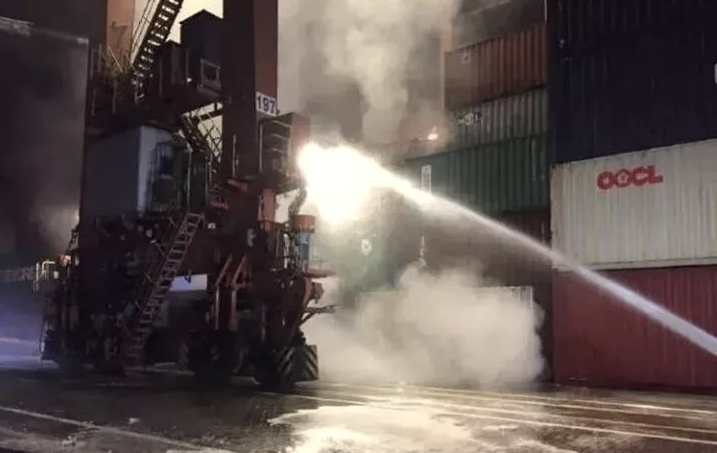
The lack of special fire protection regulations for container yards is also one of the factors restricting the perfection of fire protection facilities in container yards. At present, China's container yard is mainly designed in accordance with the national standard "Code for Fire Protection Design of Jianzhu" (GB 50016-2006), but the standard does not clearly stipulate the design parameters of the fire water supply of the container yard, resulting in the actual design and use process Different designers use different water supply rates. This is likely to cause the designed fire fighting water consumption to be incompatible with actual needs. If the designed water supply is too large, it will cause a waste of investment, and if the designed water supply is less than the actual need, once the yard catches fire, it will greatly affect the fire fighting effect.
On the other hand, the unsound fire-fighting facilities are also caused by the subjective reasons that the relevant departments do not pay attention to. Because the probability of fire in the container of ordinary goods other than dangerous goods is low, this makes some relevant personnel paralyzed and neglects the daily inspection and maintenance of fire-fighting equipment.
- The alarm is not timely and the effectiveness of fire fighting is poor
Containers are often stacked in multiple layers, generally 4-5 layers high. If a certain container inside the yard fires first, it will be difficult to find out from outside the yard in time, and the fire may have developed to a certain scale when it is discovered. Moreover, since the fired container may be inside the yard, it is difficult for the sprayed fire-fighting water to effectively act on the fired container box. In addition, container fires are often caused by the cargo inside the container. Even if a certain container outside the yard catches fire first, due to the tightness of the container and the densely packed cargo, the firefighters will not be able to effectively extinguish the fire. The surface of the container can be cooled by jet water jets. The thermal conductivity of metal will quickly spread the fire to the surrounding area, increasing the difficulty of fire fighting.
- The container has good sealing performance, which may cause an explosion in the event of a fire
The container has good airtightness. Therefore, once a fire occurs inside the container, the flammable gas generated cannot be fully burned or released, and higher temperature and pressure will accumulate in the container, which may cause an explosion. Because the explosion is a violent physical and chemical change, accompanied by the generation of light, heat, and pressure, and causes dissociation and hypoxia in the explosion area, it has a great destructive effect. The fired objects splashed by the explosion will not only expand the fire area of the fire, but also directly affect the personal safety of firefighters. In order to avoid casualties, firefighters often have to temporarily evacuate or stay away from the burning container to carry out fire fighting, which will affect the fire fighting effect and delay the fire fighting opportunity.
- The seaside wind speed is relatively high
The container yard is open and built near the sea, so the wind in the yard is relatively high, and sometimes typhoons may occur. Such weather conditions will not only promote the spread of fires, but are also not conducive to fire fighting.
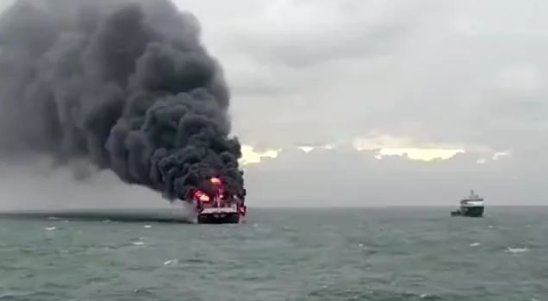
Through the above analysis of container fire hazard and previous fire cases, it can be known that it is difficult to extinguish a container after a fire occurs and the water demand is large. Therefore, the container yard must be equipped with stable and reliable fire-fighting facilities and relatively stable safety facilities, such as anti-corrosion and dust-proof transportation. Belts, explosion-proof lamps with high safety, cranes with strong bearing capacity, etc.
Shenzhen CESP Co., Ltd. focuses on the field of special industrial lighting. It is a high-tech enterprise integrating design, R&D, production and sales. The complete management team covers the lighting fields of China's electric power, metallurgy, oil refining, railways, large industrial and mining enterprises, marine ships, etc. Provide professional lighting solutions, At the same time, it also provides advanced technical support and product supporting services for well-known international companies. CESP's products have obtained the North American UL certification, the European Union ATEX certification and the international IECEX certification, It is very suitable for general area lighting installed in wastewater treatment, oil and gas refineries, drilling rigs, petrochemical facilities, food and beverage facilities, tunnels, outdoor or indoor installations, as well as places where flammable vapors, gases, combustible dust, fibers or flying exist Use in hazardous areas.
CES-EX-J series explosion-proof LED floodlights are safety-increased and flameproof enclosure lights. The shell is made of high-strength aluminum alloy + tempered glass, which has stronger vibration and impact resistance. The designer took into account the heat dissipation performance of the explosion-proof lamp, and designed the back of the lamp to have a corrugated effect, so that the efficiency and service life of the lamp tube can withstand higher mechanical strength and temperature changes. This hazardous area LED floodlight complies with UL1598A marine-grade certification. The sealed structure prevents water vapor from entering the lamp body. It complies with IP68 and WF2 standards and is very suitable for humid salt water and corrosive environments. The floodlighting device has passed the precise light distribution design and good optical system, coupled with the excellent 3D heat dissipation structure design, so that this high-power hazardous area floodlight has the best lighting level and the lowest maintenance cost, and There are a variety of installation methods and a variety of luminosity for users to choose, It is very suitable for use in hazardous environments such as local lighting, low-rise lighting, stairwells, gantry and walkways, craft skids, cable tray areas, low-overhead marine void spaces, paint and solvent storage rooms, gas stations, offshore oil and gas platforms, and chemical industries.
If you have related lighting needs, you can contact us directly, or call our hotline, we will provide quality services and lighting solutions that meet your needs.


